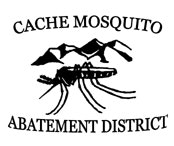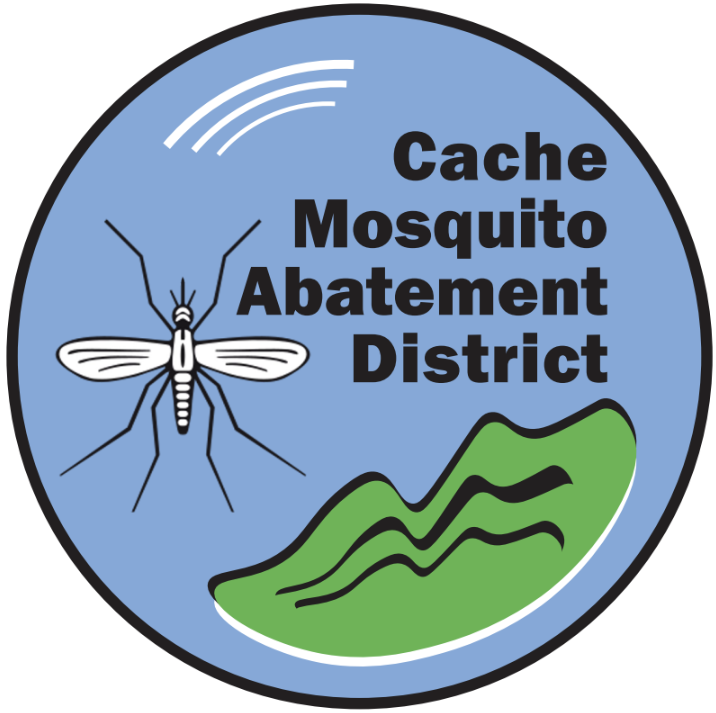CMAD History
History

The CMAD was created by the voters in twelve municipalities and the county unincorporated area in November 2004. Since that time, four municipalities have requested annexation. Currently, only Logan, Paradise, and River Heights as well as the area of College Ward and Young Ward are not in the District. Funds to operate are generated solely from a property tax levy. A budget hearing, legal notice of which is given each November and December, is held in mid-December to adopt an operating budget for the coming fiscal year. The public is especially encouraged to attend and express their thoughts to the trustees on the proposed budget.
Because CMAD started with no funds and no place to call home, we contracted with Bear River Health Department (BRHD) to provide the abatement and surveillance services since they had the equipment, buildings, and personnel to do so. It was a natural pairing since both agencies seek to control mosquitoes; BRHD specifically to slow the spread of West Nile Virus and CMAD to control mosquitoes. From 2005 through the 2011 mosquito season, BRHD provided the services and also educated the trustees in preparation for running the program.
During the 2011 mosquito season, both BRHD and CMAD decided that this would be the last season for BRHD to provide the abatement and surveillance services. All equipment and vehicles were transferred back to CMAD from BRHD on October 1st, and CMAD is now running the full program. The trustees and CMAD employees deeply appreciate the guidance and advice received from BRHD in the previous seasons.
CMAD uses Integrated Pest Management (IPM) practices, i.e. reduction of mosquito breeding habitat, surveillance, and larviciding over spraying. Larvacide compounds such as Bti target only mosquito larva with an 80-100% kill rate. Large bodies of still water require use of another larvacide compound that affects a broader range of organisms but still can reduce mosquito larva 80-100%. By preventing larva pupating into adult mosquitoes, less spraying will need to be done. Larvaciding hours are nearly three times those spent fogging. Surveillance, consisting of carbon dioxide traps distributed throughout the District, not only tracks increased numbers of mosquitoes but also allows the mosquitoes so trapped to be identified by species and tested for the presence of WNV and other diseases.
CMAD will continue to work with Logan and the College-Young Mosquito Abatement District to provide more comprehensive abatement efforts so that when one group sprays, we aren’t just chasing mosquitoes from one district to the other.
New Building
CMAD bought land next to the rented shop they use at 210 W 3700 N, Hyde Park, and finished construction of a new building in 2021. The new building has an office, laboratory, locker area, and shop area for all vehicles. A wash-out bay is on the side of the building. Chemical storage (larvicide, adulticide, etc., is in a separate building.
Our new physcial address is 850 W 100 S, Hyde Park.
